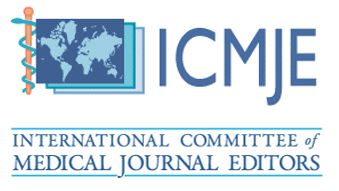Evaluation of the Level of Knowledge of Parents and Guardians about Fluorosis and Fluoride Dentifrice
The use of dentifrices is an important method for preventing dental caries. Associated with fluoridation of public water supplies, there was a decline in the prevalence of dental caries in Brazil and worldwide. On the other hand, there has been an increase in the occurrence of fluorosis. Fluorosis occurs at the time of tooth formation with excessive intake of fluoride. From this perspective, in places where fluoridated water is available in the public supply, some dentists have recommended fluoride dentifrices in low concentrations, or even without fluoride. However, it is known that dentifrices with low concentrations of fluoride are not effective in fighting tooth decay. The current recommendation is that dentifrices for children should have between 1000 and 1100 ppm of fluoride. Additionally, the amount should be controlled depending on the age of the child. Brushing in children should always be supervised by parents or guardians, avoiding the risks of fluoride ingestion, and checking that the child brushes correctly. Some studies have addressed the level of knowledge of parents or guardians about the benefits of fluoride. However, knowledge about the relationship between fluorosis and fluoride is not widespread. The purpose of this article is to analyze the knowledge of parents or guardians regarding fluoride dentifrices and their ideal amount (depending on the age of the child), ideal concentration of fluoride and what their purposes are, as well as the correct choice of the product.
Keywords: Dental fluorosis; Oral Hygiene; Oral and Dental Hygiene Products; Educational Early Intervention; Pediatric Dentistry.
Citation: Santos EN, Maltarollo TH, Risemberg RIS, Shitsuka C, Pedron IG. “Evaluation of the Level of Knowledge of Parents and Guardians about Fluorosis and Fluoride Dentifrice”. SVOA Dentistry 2:6 (2021) Pages 293-297.











